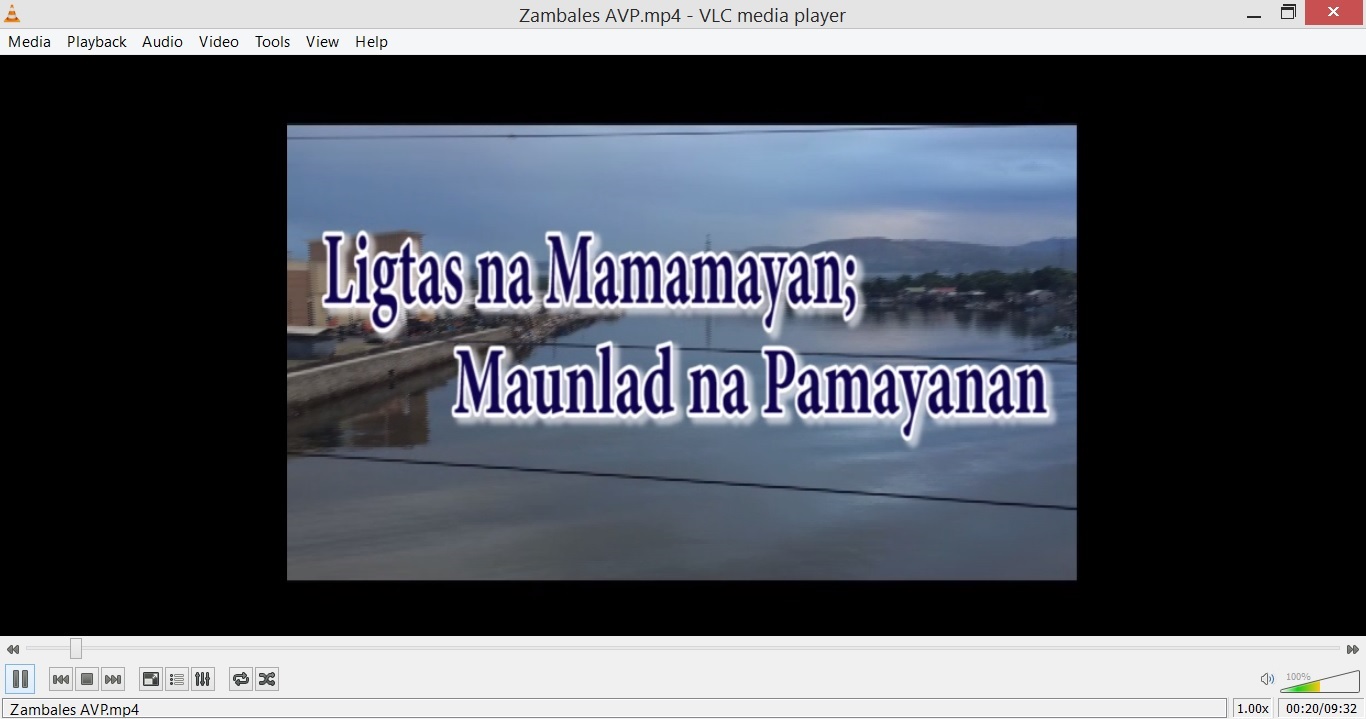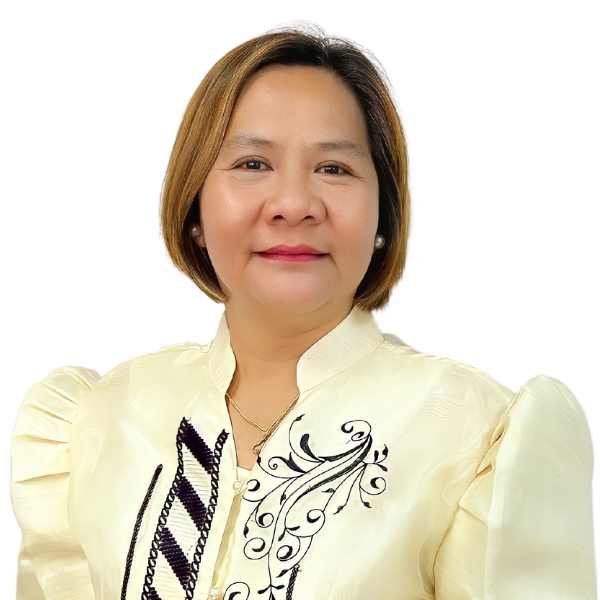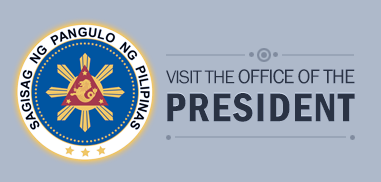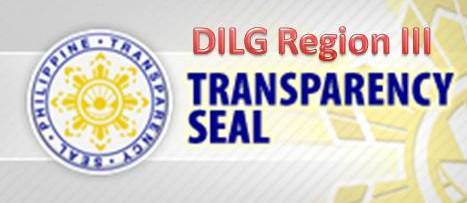The Regional Assessment Team (RAT) of DILG Region III headed by DILG Assistant Regional Director Araceli A. San Jose, CESO V conducted the 2016 Seal of Good Local Governance (SGLG) Assessment last April 7, 2016.
The assessment started with the acknowledgement of participants by HRMO Gamelia S. Datugan. On the other hand, DILG Provincial Director Armi V. Bactad, CESO V introduced to the group ARD San Jose who is also the chairman of the RAT.

ARD San Jose explained the flow of the assessment. She shared that the SGLG, an upgraded version of the Seal of Good Housekeeping (SGH) aims to provide greater challenge to local governments to continue good governance practices while providing better services. She informed the group that the assessment is being conducted to gauge and improve the performance of the LGU in the six (6) basic areas: 1) financial administration; 2) disaster preparedness; 3) social protection; 4) business friendliness and competitiveness; 5) environment management; and 6) peace and order. Moreover, she introduced the members of the RAT namely: Assistant Monitoring and Evaluation Chief Rolando D. Ocampo; and Mr. Noel C. Sibal from the Parish Pastoral Council for Responsible Politics (a civil society organization). Also present to provide technical assistance were DILG Regional Office Personnel namely: LGOOs II Fernando M. Erese Jr. and Romer T. Enaje.

Assistant MED Chief Ocampo explained that for the local government unit to pass the assessment, it needs to comply all three (3) core elements of the SGLG and at least one from the other assessment areas to be able to become an SGLG recipient, or what is known as the 3+1 formula.
Armed with the appropriate documents, the provincial department heads and representatives from the PNP and DepEd showed eagerness in entertaining the concerns of the assessment team with the aim of giving the province another shot at the coveted SGLG.

The Provincial Government of Zambales was among the provinces in Region 3 awarded with the 2015 Seal of Good Local Governance and a monetary incentive worth P7 million pesos.
In the afternoon, the on-site validation ensued. Finally, the RAT conducted an exit conference to feedback the observations generated during the assessment.




















